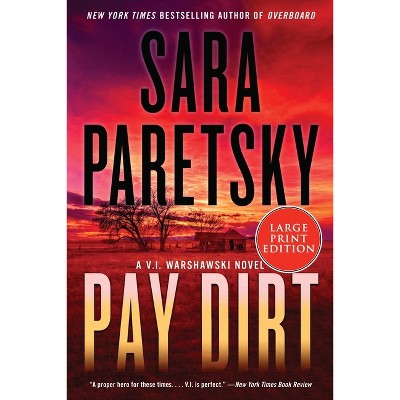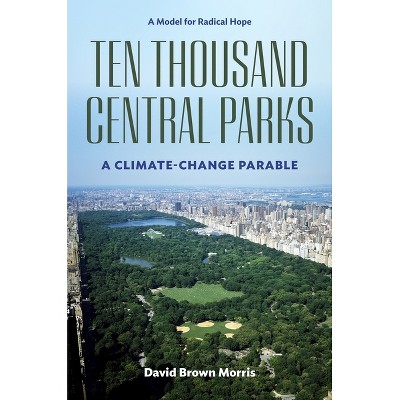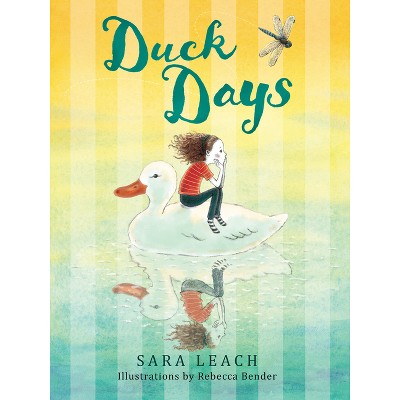About this item
Highlights
- Winner - 2023 John Brinkerhoff Jackson Book Prize, UVA Center for Cultural Landscapes With more than eight hundred sprawling green acres in the middle of one of the world's densest cities, Central Park is an urban masterpiece.
- About the Author: Sara Cedar Miller is the historian emerita of the Central Park Conservancy, which she first joined as a photographer in 1984.
- 624 Pages
- History, United States
Description
About the Book
This book is the authoritative account of the place that would become Central Park. From the first Dutch family to settle on the land through the political crusade to create America's first major urban park, Sara Cedar Miller chronicles two and a half centuries of history.Book Synopsis
Winner - 2023 John Brinkerhoff Jackson Book Prize, UVA Center for Cultural Landscapes
With more than eight hundred sprawling green acres in the middle of one of the world's densest cities, Central Park is an urban masterpiece. Designed in the middle of the nineteenth century by the landscape architects Frederick Law Olmsted and Calvert Vaux, it is a model for city parks worldwide. But before it became Central Park, the land was the site of farms, businesses, churches, wars, and burial grounds--and home to many different kinds of New Yorkers. This book is the authoritative account of the place that would become Central Park. From the first Dutch family to settle on the land through the political crusade to create America's first major urban park, Sara Cedar Miller chronicles two and a half centuries of history. She tells the stories of Indigenous hunters, enslaved people and enslavers, American patriots and British loyalists, the Black landowners of Seneca Village, Irish pig farmers, tavern owners, Catholic sisters, Jewish protesters, and more. Miller unveils a British fortification and camp during the Revolutionary War, a suburban retreat from the yellow fever epidemics at the turn of the nineteenth century, and the properties that a group of free Black Americans used to secure their right to vote. Tales of political chicanery, real estate speculation, cons, and scams stand alongside democratic idealism, the striving of immigrants, and powerfully human lives. Before Central Park shows how much of the history of early America is still etched upon the landscapes of Central Park today.Review Quotes
Miller masterfully combines historical photographs, sketches, plans, designs, and contemporary images to create a rich tapestry.-- "Journal of Urban Affairs"
Before Central Park is distinctive in its combination of Miller's photography, her expert understanding of the park's geography and archeology, and her meticulous real estate history of parkland from the 17th through the 19th centuries...an invaluable resource.--Kara Murphy Schlichting "The Gotham Center for New York City History"
A stunning display of historical sleuthing. Brilliantly researched and superbly illustrated, Sara Cedar Miller's book unravels the story of the 843 acres that became Central Park. Anyone interested in New York City's past will find Before Central Park indispensable.
--Shane White, author of Prince of Darkness: The Untold Story of Jeremiah G. Hamilton, Wall Street's First Black MillionaireCentral Park is the most important and influential urban public space in the world. But what did its 843 acres look like before Frederick Law Olmsted and Calvert Vaux performed their magic? Sara Cedar Miller has given us the answer and so much more. The illustrations are beautiful, the prose rolling and imaginative, the research thorough, and the result, splendiferous.
--Kenneth T. Jackson, editor in chief of The Encyclopedia of New York CityWandering through the green heart of the city, Central Park, who hasn't wondered: What have these rocks seen? What do the trees know? Who came before? Thank goodness for the charming, curious, careful historian, Sara Cedar Miller, who labored thirty years to bring us their surprising stories. Highly recommended.--Eric W. Sanderson, author of Mannahatta: A Natural History of New York City
Sara Cedar Miller sets out to tell the landscape history of Central Park that often goes untold. She expertly uses the historical record to analyze the cultural processes responsible for shaping the landscape prior to the construction of the park. In doing so, she unearths the layers of the landscape to highlight the cultural attitudes embedded in the landscape.--Phil Birge-Liberman, University of Connecticut
About the Author
Sara Cedar Miller is the historian emerita of the Central Park Conservancy, which she first joined as a photographer in 1984. Her books include Central Park: An American Masterpiece (2003), Strawberry Fields: Central Park's Memorial to John Lennon (2011), and Seeing Central Park: The Official Guide (updated and expanded edition, 2020).











